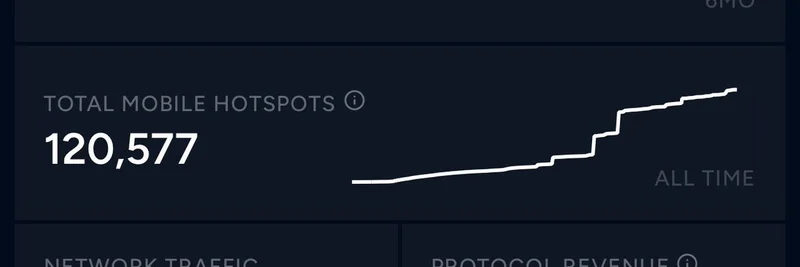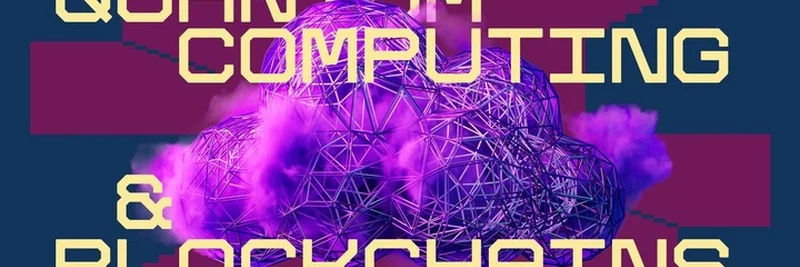In the fast-paced world of crypto and blockchain, innovative standards are constantly emerging to bridge traditional finance with decentralized tech. A recent tweet from @MiyaHedge, associated with the Street Foundation (StreetFDN), has sparked discussions about how companies like OpenAI, SpaceX, and Anthropic are potentially leaving massive value on the table. The culprit? Reliance on synthetic perpetual futures (perps) from platforms like Robinhood, instead of embracing something called ERC-S.
Let's break this down simply. Synthetic perps are essentially derivative contracts that let you bet on the price of an asset—like a company's stock—without actually owning it. They're popular because they offer leverage and 24/7 trading, but they come with downsides. Price discovery, which is the process of determining an asset's true market value through buying and selling, can be flawed in these setups. There's no direct tie to the underlying equity, leading to inefficiencies and missed opportunities.
According to the tweet, OpenAI could be missing out on around $1 billion per day due to these limitations. SpaceX might see its valuation jump by 50% if it tokenized an equity-anchored token. And Anthropic? It's lagging because accurate price discovery is tough with synthetics. The proposed fix: ERC-S.
What is ERC-S?
ERC-S isn't your standard Ethereum token like ERC-20 (for fungible tokens) or ERC-721 (for NFTs). It's a custom framework developed by the Street Foundation to tokenize startup equity without classifying it as a security. This is huge because it sidesteps heavy regulatory hurdles while aligning token value with actual company equity.
Think of it as a hybrid: tokens that represent a stake in a company's growth, with built-in mechanisms for buybacks, governance, and even distributions from liquidity events like mergers or acquisitions (M&A). Founders are incentivized to buy back tokens to avoid dilution during big exits, creating a deflationary pressure that can drive up value. Plus, it includes features like 7-day delays on token unlocks to prevent rugs (sudden sell-offs by insiders) and ensure transparency.
In one example from the ecosystem, Kled AI ($KLED) became the first startup tokenized under ERC-S. It trades at an $8.8 million market cap, and holders earn Street Points, which could lead to airdrops or exposure to future tokenized startups. This proves the model works for real-world applications, turning illiquid equity into 24/7 tradable assets.
Why ERC-S Beats Synthetic Perps
Synthetic perps on apps like Robinhood are great for speculation, but they don't capture the full upside of owning equity. With ERC-S:
- Better Price Discovery: Tokens are anchored to real equity, so market forces reflect the company's true performance, not just bets on synthetics.
- Value Accrual for Holders: In an M&A scenario, token holders could benefit from proceeds, something synthetics can't offer.
- Incentives for Founders: Teams are motivated to build because selling tokens requires justification, and success leads to aggressive buybacks.
- Regulatory Friendliness: As the tweet notes, the SEC reportedly loves ERC-S because it's safer than plain ERC-20 tokens for equity-like assets. Founders must be doxxed (publicly identified), and companies set up in the US, adding accountability.
Replies to the tweet echo this excitement. One user jokes about waiting for Anthropic to launch "Perp-Lexity," while another points out that ERC-S could be a game-changer for unlocking value in outdated market structures. Even regulators might prefer it over traditional token launches.
Implications for Meme Tokens and Beyond
At Meme Insider, we usually dive into the wild world of meme coins, but ERC-S has meme potential written all over it. Imagine meme communities rallying around tokenized versions of beloved tech giants—OpenAI's AI memes, SpaceX's rocket launches, or Anthropic's ethical AI vibes. These could evolve into equity-backed memes, blending fun with real financial upside.
For blockchain practitioners, this is a knowledge boost. ERC-S addresses long-standing issues in crypto governance, like naive DAOs (decentralized autonomous organizations) and slow rugs. It favors market-driven accountability over pure voting, ensuring bad actors get weeded out naturally.
The Street Foundation is already onboarding over 200 startups, including YC (Y Combinator) and a16z-backed ones, with $55 million in equity tokenized in just two weeks. They're targeting $200 million soon. If ERC-S volume surpasses ERC-20 by 2027, as predicted, this could redefine how startups go public—via mini-IPOs onchain.
If you're into meme tokens with substance, keep an eye on $KLED and upcoming ERC-S launches. It's not just hype; it's a step toward making crypto a legitimate home for big-league equity.
For more on ERC-S, check out the Street Foundation's updates on X. What's your take—will OpenAI or SpaceX tokenize next?


